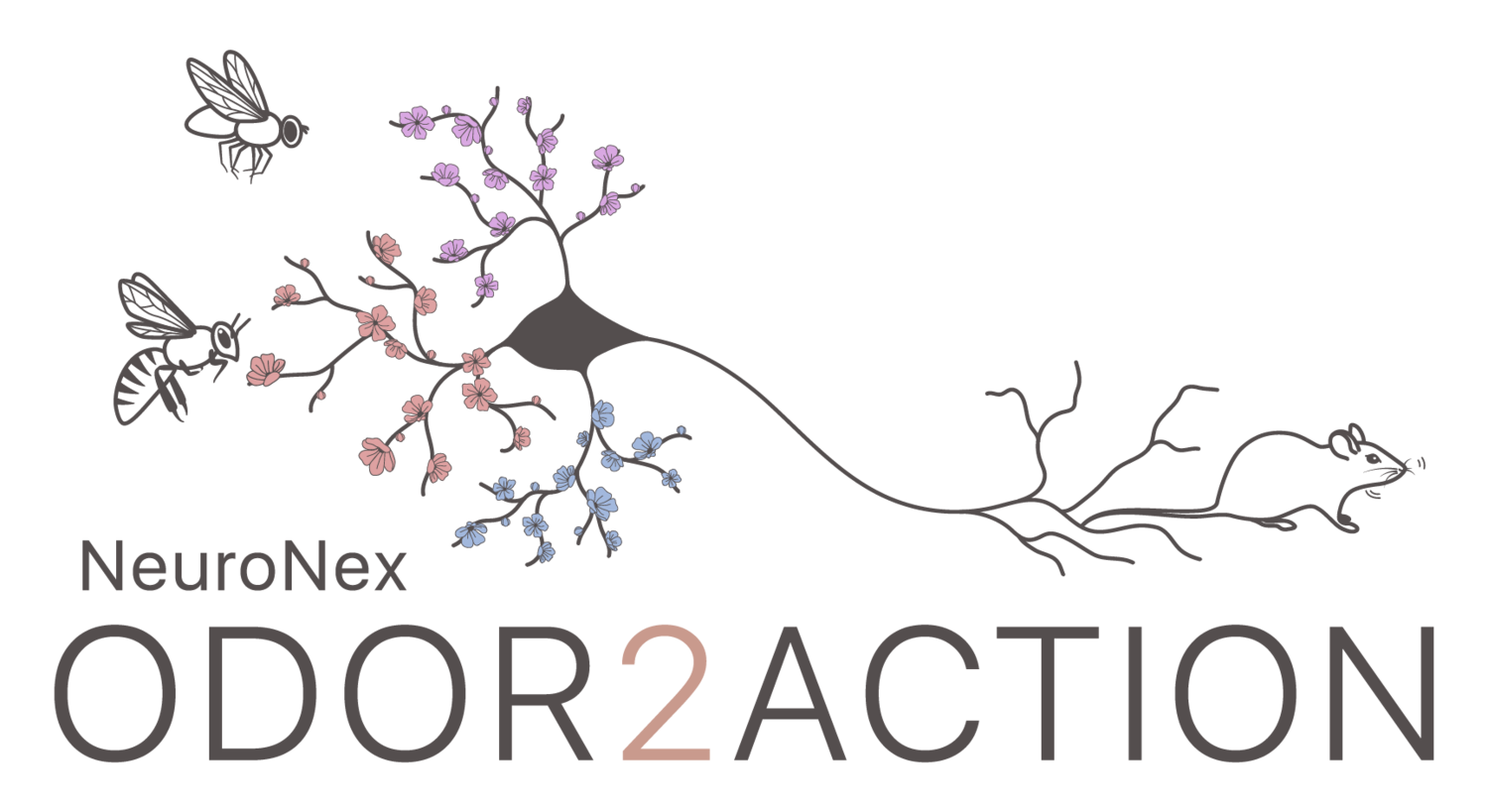International teams, with NSF support, investigate key questions in neuroscience
Building a better understanding of how the brain works and produces behavior is a research challenge with the potential to revolutionize everything from medicine to the development of artificial intelligence. For years, NSF's Next Generation Networks for Neuroscience program, also known as NeuroNex, has worked to help develop new tools and theories to solve the mysteries of the brain. Now, NSF and a group of international partners are working to put those resources in the hands of researchers around the world and create international partnerships to accelerate the next generation of neuroscience.
Seventy researchers, representing four countries, will investigate aspects of how brains work and interact with the environment around them. Some teams will research how brains control an animals' motion and how the brain processes scents and impacts behavior. Others will explore how changes in synapse structure affect how neurons communicate and how brains retain information.
"The most important questions in neuroscience are so complex they require large teams of researchers with complementary expertise. These awards will help us conquer those grand challenges and accelerate profound discoveries about how our brains work," said Joanne Tornow, NSF assistant director for Biological Sciences.
NSF's NeuroNex awards to four interdisciplinary teams total over $50 million with a duration of five years. The projects will utilize and build on methods, technologies, and tools developed with previous investments in neuroscience by NSF — including past awards through the NeuroNex program — other U.S. federal agencies, and international organizations. NSF will support the researchers at U.S. institutions in the networks. Researchers based in other countries are supported by the Canadian Institutes for Health Research and Fonds de Recherche du Quebec in Canada; Deutsche Forschungsgemeinschaft in Germany; and the Medical Research Council in the United Kingdom.
"Scientific expertise goes beyond national borders. The international collaboration and exchange of ideas, technologies and trainees promoted through NeuroNex will accelerate progress in understanding the mysteries of the brain," said Rebecca Keiser, office head for the Office of International Science and Engineering.
The projects and their U.S.-based institutions are:
Communication, Coordination, and Control in Neuromechanical Systems, at Case Western Reserve University, will work to uncover the principles and neural mechanisms that underlie animals' motor output when they interact with their environments. Using carbon fiber electrode arrays developed using previous NeuroNex funding, as well as other tools and methods, researchers will study these brain principles and create robots that aim to mimic animals' capabilities, with each approach advancing the other. Goals include a better understanding of how brains orchestrate the control of movement and the creation of better mobile robots.
From Odor to Action: Discovering Principles of Olfactory-Guided Natural Behavior, at the University of Colorado, Boulder, will examine how nervous systems sense and process olfactory stimuli, and subsequently direct behavior. The research could lead to scent-guided robots. The team has origins in three groups originally formed under the NSF/Brain Initiative Ideas Lab mechanism.
Enabling Identification and Impact of Synaptic Weight in Functional Networks, at the University of Texas, Austin, will work to unravel the relationship between the weight (or strength) of synapses (physical and communication junctions between neurons), their structural components, and their activity. Using multidisciplinary approaches, cutting-edge imaging technologies and cyber resources developed through previous U.S. neuroscience investments, researchers will generate data that can predict how specific neural circuits function, which may lead to more advanced brain imaging technologies and analyses.
The Fabric of the Primate Neocortex and the Origin of Mental Representations, at Yale University, will develop a suite of approaches to understand how primates maintain information for brief periods of time, a key building block in the development of abstract reasoning, language and other higher cognitive behaviors. The research will build on databases for mouse and human neuronal data developed using previous investments and seeks to create new single-cell gene expression data sets that will be invaluable to the broader scientific community.
NeuroNex is a key part of NSF's participation in the Brain Research through Advancing Innovative Neurotechnologies, or the BRAIN Initiative, a collaboration across U.S. agencies to advance the understanding of the brain. More information about NeuroNex can be found on NSF's website.

